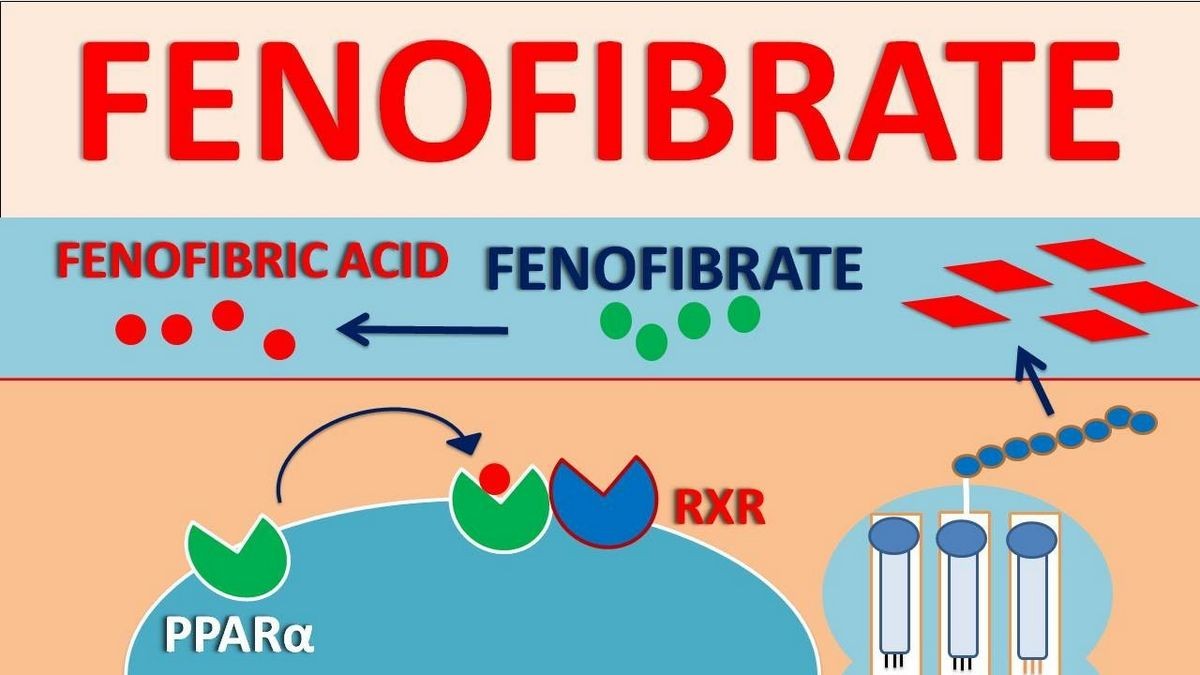
Contents
Side Effects of Antara (fenofibrate)
Antara (fenofibrate) is a fibric acid derivative used to treat lipid disorders. It reduces LDL-C, total cholesterol, triglycerides, and apolipoprotein B, while increasing HDL-C. It is prescribed for patients with primary hypercholesterolemia, mixed dyslipidemia, and hypertriglyceridemia.
Common side effects of Antara include abnormal liver tests (AST and ALT), and headache.
Less common side effects of Antara include high blood pressure, dizziness, itching, nausea, upset stomach, constipation, diarrhea, urinary tract infections, influenza, muscle pain, kidney problems, and respiratory tract infections.
Antara may interact with bile acid sequestrants, colchicine, cyclosporine, ezetimibe, HMG-CoA reductase inhibitors (statins), sulfonylureas, or warfarin.
Use of Antara during pregnancy should be justified by the potential benefits. It is unknown if Antara is excreted into breast milk, so it should be avoided during breastfeeding.
Important Side Effects of Antara (fenofibrate)
Common adverse effects of fenofibrate include abnormal liver tests (AST and ALT), and headache.
Less common side effects include high blood pressure, dizziness, itching, nausea, upset stomach, constipation, diarrhea, urinary tract infections, influenza, muscle pain, kidney problems, and respiratory tract infections.
Antara (fenofibrate) Side Effects List for Healthcare Professionals
Clinical Trials Experience
In clinical trials, adverse events reported in at least 2% of patients treated with fenofibrate and greater than placebo include abdominal pain, back pain, headache, abnormal liver function tests, nausea, constipation, increased AST, increased ALT, increased creatine phosphokinase, respiratory disorder, and rhinitis.
In these trials, adverse reactions led to treatment discontinuation in 5.0% of fenofibrate patients and 3.0% of placebo patients. Liver function test increases caused discontinuation of fenofibrate treatment in 1.6% of patients.
Urticaria and rash were reported in controlled trials.
Postmarketing Experience
Post approval use of fenofibrate has reported adverse reactions including myalgia, rhabdomyolysis, pancreatitis, renal failure, muscle spasms, acute renal failure, hepatitis, cirrhosis, anemia, arthralgia, asthenia, and severely depressed HDL-cholesterol levels.
Photosensitivity reactions have been reported days to months after initiation, often in patients with a prior photosensitivity reaction to ketoprofen.
Drugs that Interact with Antara (fenofibrate)
Coumarin Anticoagulants
Antara may potentiate the anticoagulant effects of coumarin-type anticoagulants. Dosage reduction is advised to maintain desired PT/INR levels and prevent bleeding complications.
Immunosuppressants
Immunosuppressants like cyclosporine and tacrolimus can cause nephrotoxicity and decrease creatinine clearance. Careful consideration of benefits and risks is necessary when using Antara with immunosuppressants.
Bile-Acid Binding Resins
Bile-acid binding resins should be taken at least 1 hour before or 4 to 6 hours after Antara to avoid impeding its absorption.
Colchicine
Co-administration of fenofibrates with colchicine may cause myopathy, including rhabdomyolysis. Caution should be exercised when prescribing fenofibrate with colchicine.
Summary
Antara is a fibric acid derivative used to treat lipid disorders. It helps reduce LDL-C, total cholesterol, triglycerides, and apolipoprotein B, while increasing HDL-C. Common side effects include abnormal liver tests (AST and ALT) and headache. Use in pregnancy and breastfeeding should be carefully considered.


